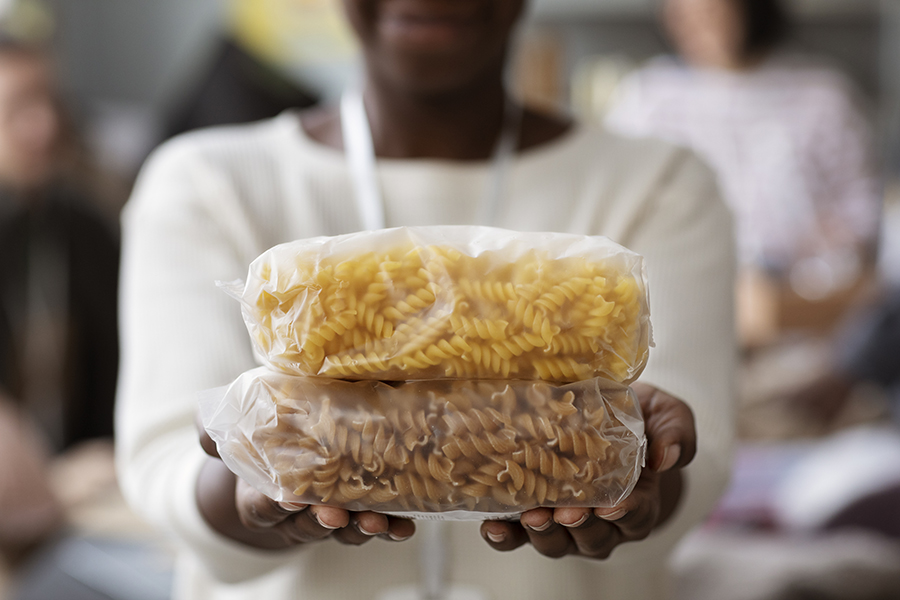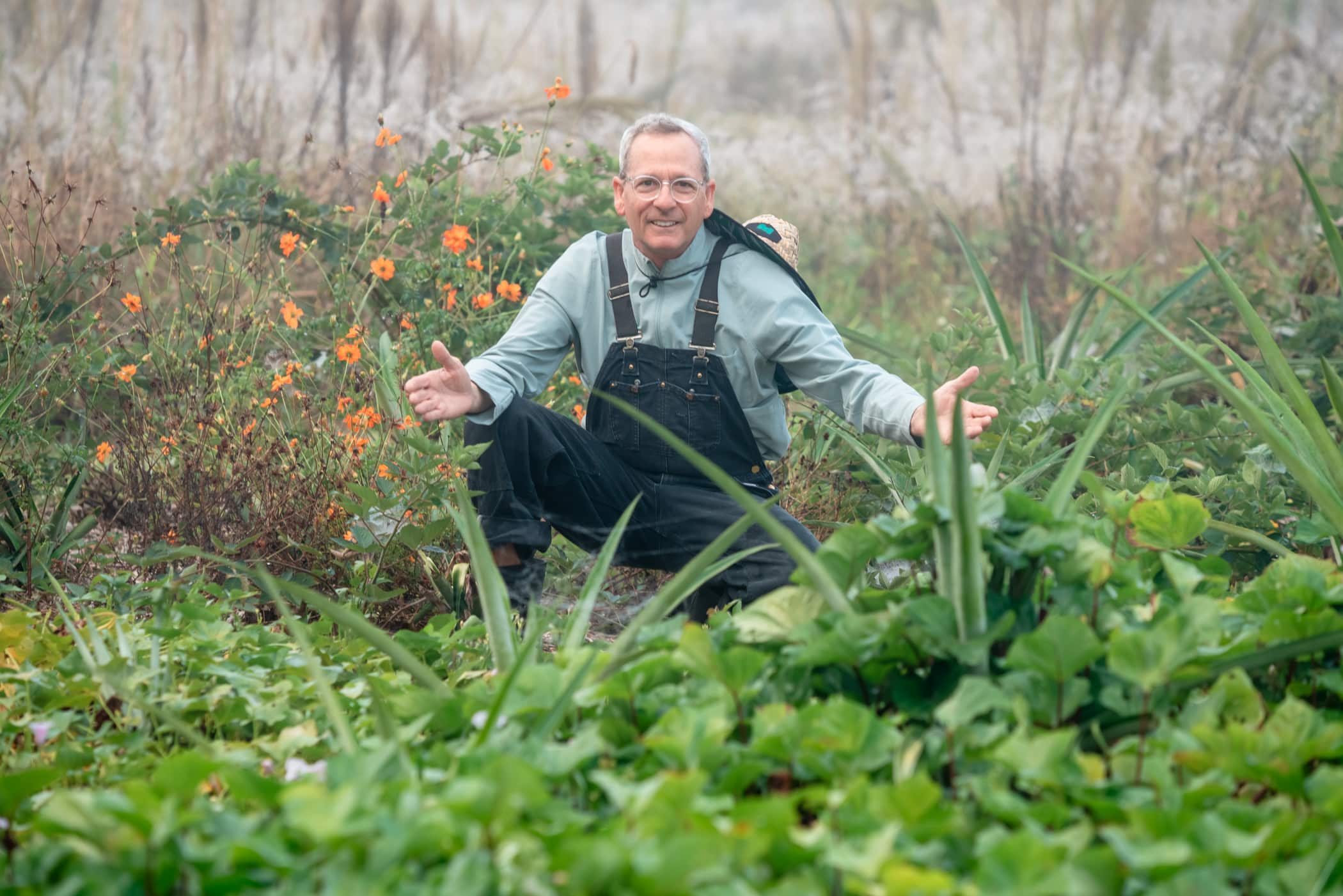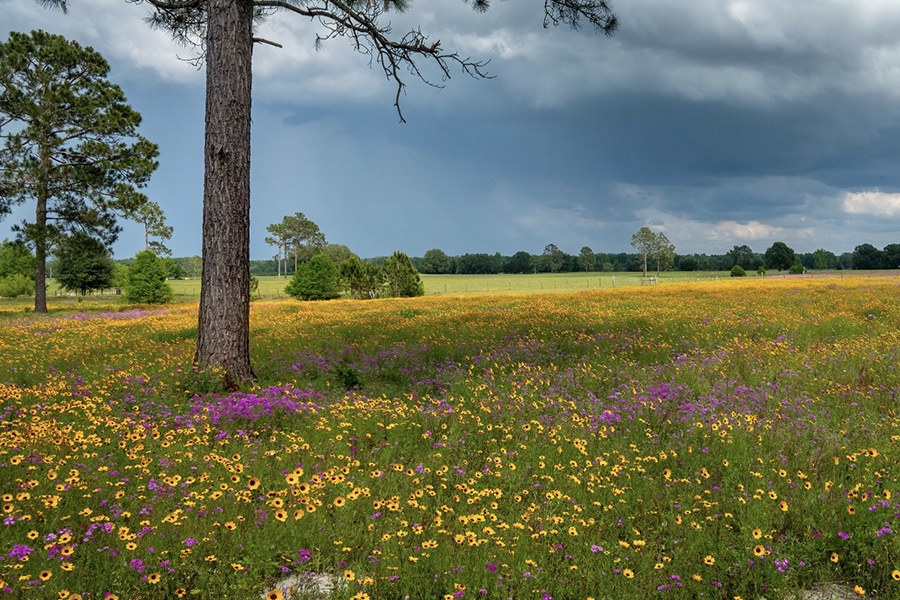
In our continuous quest to enhance the natural beauty and sustainability of our farm, we’ve recently decided on an exciting initiative: integrating a selection of flowers into our existing agricultural system. Our focus has gravitated towards native species, complemented by a carefully selected assortment of Florida-friendly varieties, such as cosmos and zinnias.
The rationale behind our dedication to native flora stems from a multitude of benefits these plants offer. Foremost, native flowers are adapted to the unique challenges of Florida’s environment—thriving amidst the intense heat, humidity, and sandy soils. This resilience translates to a reduced need for water, fertilizers, and pest control, aligning with our commitment to sustainable farming practices.
Moreover, native flowers play a crucial role in supporting the local ecosystem, particularly in fostering a healthy population of native pollinators. These plants and pollinators have co-evolved, creating a symbiotic relationship that is essential for the pollination of many crops and the continuation of natural plant communities.
By choosing to cultivate these native species alongside Florida-friendly flowers, we not only enhance the aesthetic appeal of our farm but also contribute to the preservation of our local biodiversity and the health of our environment. This initiative represents a step forward in our journey towards a more sustainable and ecologically conscious farming practice, one that honors and leverages the natural gifts of our Florida landscape. Let’s talk about some of the flowers introduced to our farm in the past year!
Wildflower Purple coneflower, echinacea

Echinacea, commonly known as coneflower, is a perennial plant native to North America, celebrated for its striking appearance and medicinal properties. This resilient flower boasts large, daisy-like blooms with raised, cone-shaped centers from which it derives its name. The petals range in color from vibrant purples and pinks to whites and yellows, radiating outward from the dark, spiky central cone. Echinacea attracts bees, butterflies, and birds, promoting biodiversity in the garden. Its enduring beauty and medicinal qualities make Echinacea a cherished addition to any floral landscape or herbal garden.
This flower is one of the slowest growers of the group and only blooms in the second year. However, they do make up by being a pollinator magnet and perennial – this means that once it is planted we won’t need to continually replant more plants. Well, at least intentionally.
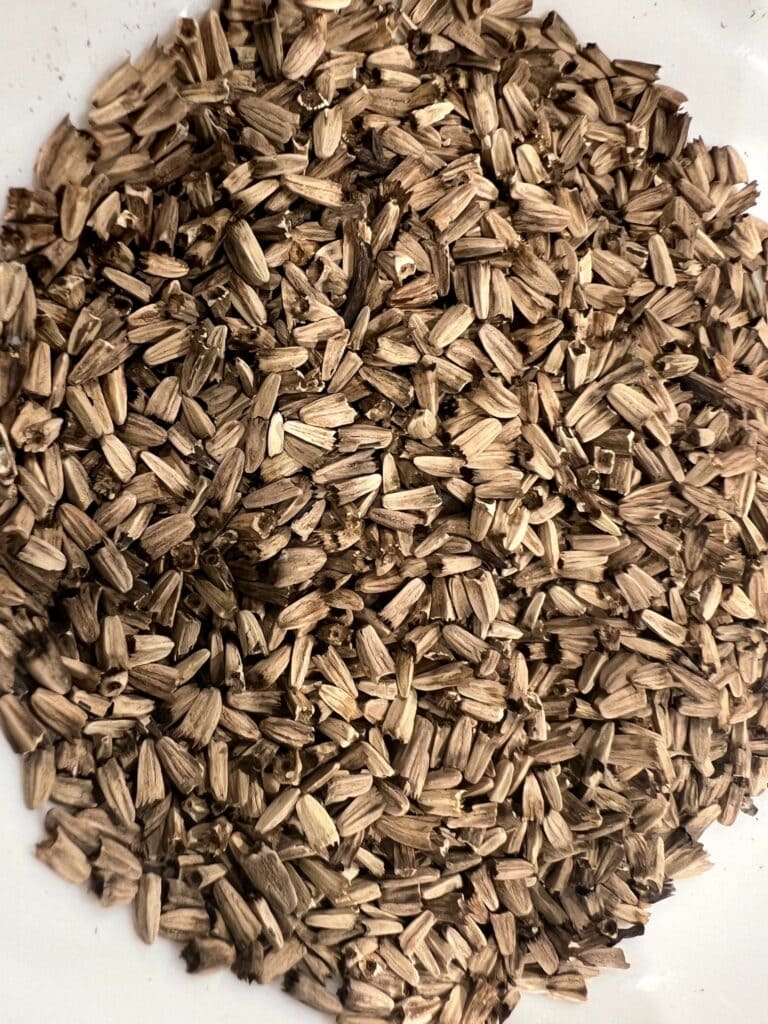
Planting Tips
Echinacea thrives in well-drained soil and benefits from full sun exposure, although it can tolerate partial shade. Sow the seed twice as deep as its size, and remember to keep the soil moist. The ideal planting time is in spring or early summer, allowing the plant to establish its roots before the colder months. Soil should be rich in organic matter but not too heavy or waterlogged. Echinacea can be propagated from seeds, divisions, or root cuttings. For seed propagation, start indoors 8-10 weeks before the last frost date or sow directly into the garden after the threat of frost has passed. Divisions are best done in the fall or early spring.
Care and Maintenance
Watering should be regular but moderate, as Echinacea is somewhat drought tolerant once established. Overwatering or poor drainage can lead to root rot, so ensure the soil is well-draining. Mulching can help retain moisture and suppress weeds. While Echinacea is relatively low-maintenance, it’s important to watch for common pests such as aphids and diseases like powdery mildew. Deadheading spent flowers can encourage further blooming and prevent the plant from self-seeding excessively. In preparation for winter, you can leave the plants standing to provide food for birds and cut them back in early spring before new growth begins. Don’t be scared if the plant looks dead or almost dead in winter.
Wildflower Black Eyed Susan, rudbeckia hirta

The Black-eyed Susan, with its radiant golden yellow petals and distinctive dark brown central cone has become one of our favorites on the farm. This hardy perennial, sometimes grown as an annual, is celebrated for its robust blooms that can light up any landscape from mid-summer through fall. The contrast between the bright flowers and dark centers creates a stunning visual impact, making it a favorite among gardeners and a magnet for pollinators like bees and butterflies.

Planting Tips
Black-eyed Susans are remarkably versatile and can thrive in a wide range of soil types, though they prefer well-drained soils rich in organic matter. They are sun-loving plants that bloom best in full sunlight but can tolerate partial shade, especially in hotter climates (aka, Florida). When seeding, you can either start indoors about 6-8 weeks before the last frost date – around March 1st here in Central Florida- or sow directly into the garden after the danger of frost has passed. For transplanting, ensure to space the plants about 18-24 inches apart to allow for proper air circulation and growth.
Care and Maintenance
These flowers require minimal maintenance once established. Water them regularly during the first growing season to help establish a deep, extensive root system. Once mature, Black-eyed Susans are quite drought-tolerant, though occasional watering during prolonged dry spells can help maintain their vigor. Deadheading, or removing spent flowers, can encourage a longer blooming period and prevent excessive self-seeding, although leaving some flowers to go to seed can attract birds and promote natural reseeding for the next season. In terms of seasonal care, cut back the stems to a few inches above the ground in late fall or early spring before new growth begins to keep the planting area tidy and disease-free.
Wildflower Coreopsis, coreopsis lanceolata
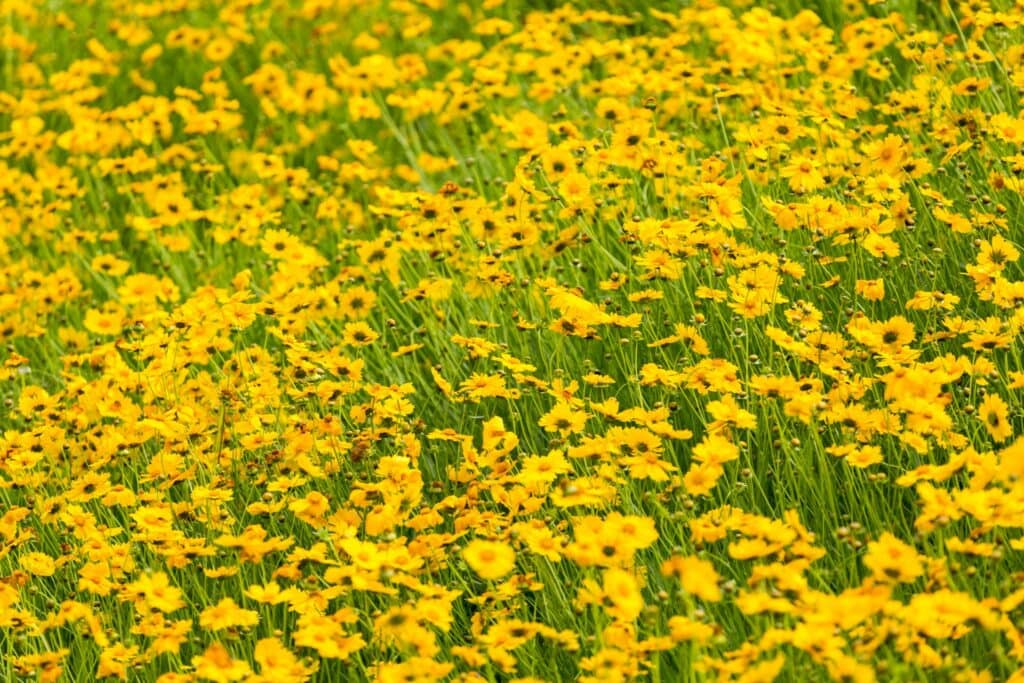
Coreopsis, also known as tickseed is the Florida state flower and is one of our favorites. This genus comprises a variety of species, many of which are native to Florida, earning it the prestigious title of Florida’s state wildflower. The daisy-like blooms of Coreopsis are borne on slender stems, with a delicate, feathery foliage that adds texture and interest even when the plant is not in flower. The bright yellow petals, sometimes accented with red or maroon, encircle a darker center, creating a striking contrast that can brighten any garden setting.
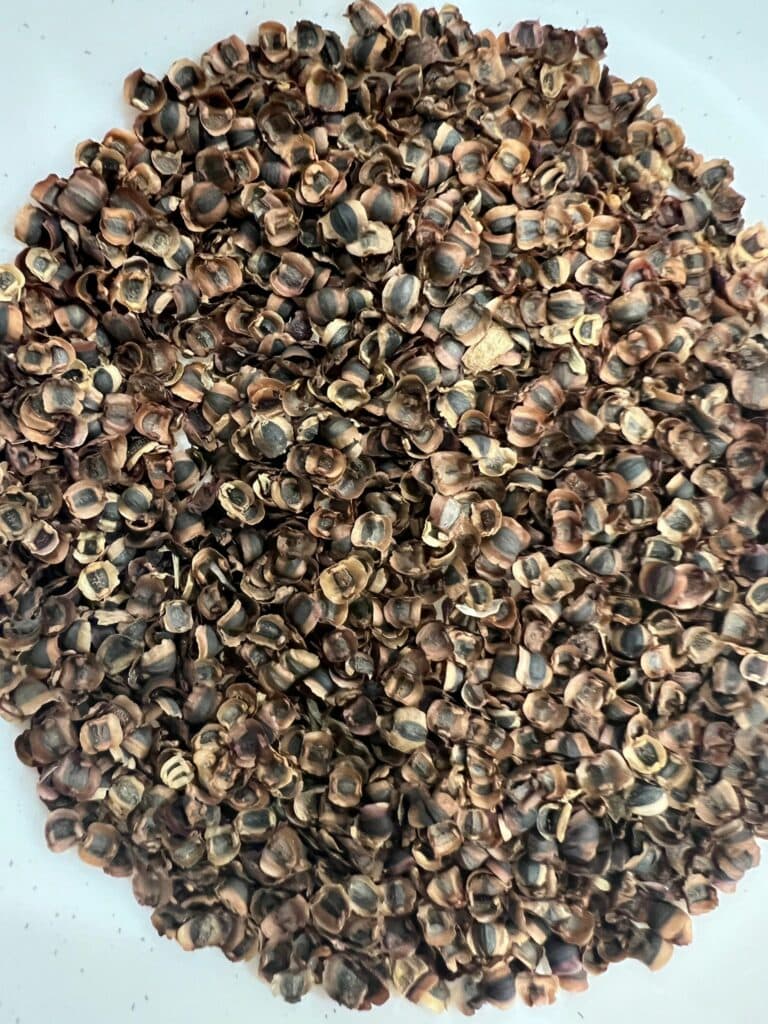
Planting Tips
The ideal time to plant Coreopsis is in the spring after the threat of frost has passed, allowing the plants to establish themselves throughout the growing season. Coreopsis thrives in well-drained soil and is particularly tolerant of poor, sandy, or rocky soils, making it a perfect fit for many Florida landscapes. These flowers demand a sunny spot to flourish, requiring at least 6 to 8 hours of direct sunlight daily. When planting, space them about 12 to 18 inches apart to ensure adequate air circulation and room for growth. Sow seeds twice as deep as their size.
Care and Maintenance
Coreopsis is a low-maintenance plant, that needs minimal care once established. Regular watering is essential during the first growing season to help the plants develop a deep root system. However, once established, Coreopsis becomes drought-resistant, requiring water only during prolonged dry spells. Pruning or deadheading spent blooms can encourage a longer flowering period and prevent excessive self-seeding. In late fall, you can cut back the foliage to a few inches above the ground to tidy up the garden and promote healthy growth in the spring. Coreopsis is relatively disease-free but watch for common garden pests such as aphids and leafhoppers.
Wildflower Blanket Flower, Gaillardia
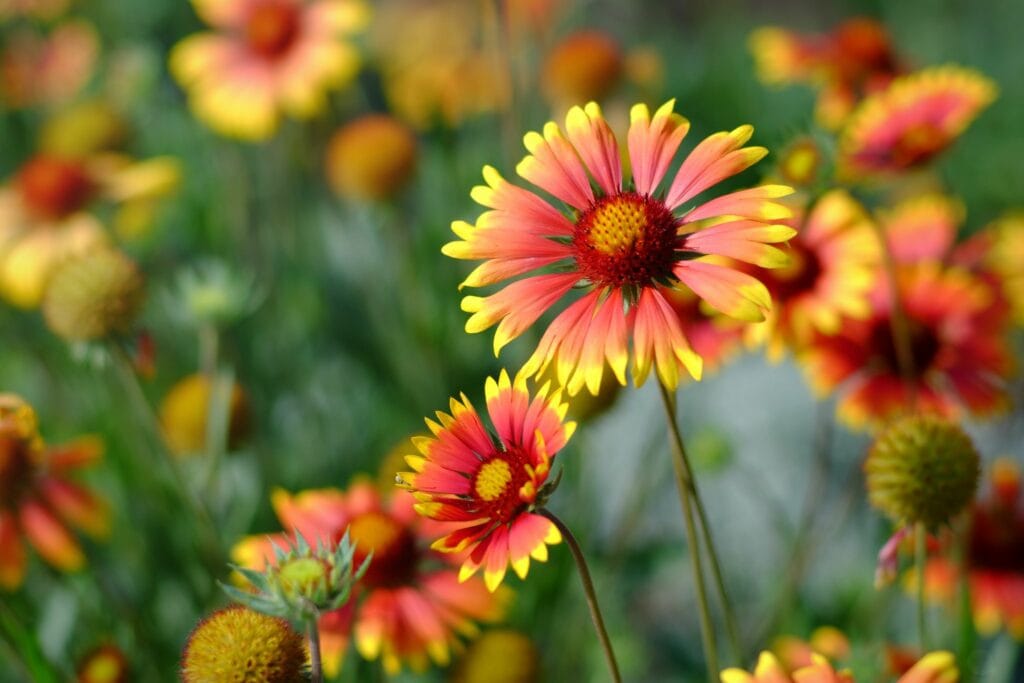
Blanket Flower, belonging to the Gaillardia genus, is renowned for its spectacular daisy-like flowers that paint landscapes with vivid strokes of red, orange, and yellow. These warm hues mirror the colors of a sunset, making the Blanket Flower a standout addition to any garden. The blossoms, which bloom prolifically from early summer to fall, feature a central disk surrounded by petals that can be solid or patterned, depending on the variety. This hardy perennial (sometimes grown as an annual) is named for its ability to blanket the ground with color, creating a stunning visual impact reminiscent of a wildflower meadow.

Planting Tips
Blanket Flowers are remarkably adaptable and thrive in a range of soil types, though they prefer well-drained, sandy, or loamy soils. They are drought-tolerant once established and can tolerate poor soil conditions, making them an excellent choice for challenging garden spots. Plant them in a location that receives full sun for the best display of flowers, as Gaillardia needs at least 6 to 8 hours of direct sunlight daily. When planting, space the plants about 12 to 18 inches apart to allow for ample growth and air circulation, which helps prevent disease.
Care and Maintenance
Watering needs for Blanket Flower are modest, with regular watering necessary only during the establishment phase or during extended periods of drought. Once established, the plants are highly drought-resistant, requiring minimal additional watering. Fertilization should be light or even unnecessary, as too much fertilizer can reduce flowering and make the plants leggy. Blanket Flowers are generally low-maintenance, but deadheading spent flowers can encourage continued blooming throughout the season. While Gaillardia is resistant to many pests and diseases, keep an eye out for common issues like aphids and powdery mildew. Good planting practices and proper spacing can help minimize these problems.
Conclusion
In conclusion, embarking on the journey of growing Florida wildflowers such as Black-eyed Susan, Echinacea, Coreopsis, and Blanket Flower offers a rewarding path toward creating a vibrant, resilient, and ecologically beneficial garden. These wildflowers, with their displays of colors and shapes, not only enhance the aesthetic appeal of our landscapes but also play a crucial role in supporting local wildlife, including an array of pollinators essential for the health of our ecosystems. By choosing to cultivate these native and Florida-friendly plants, gardeners can enjoy the dual benefits of low-maintenance gardening.
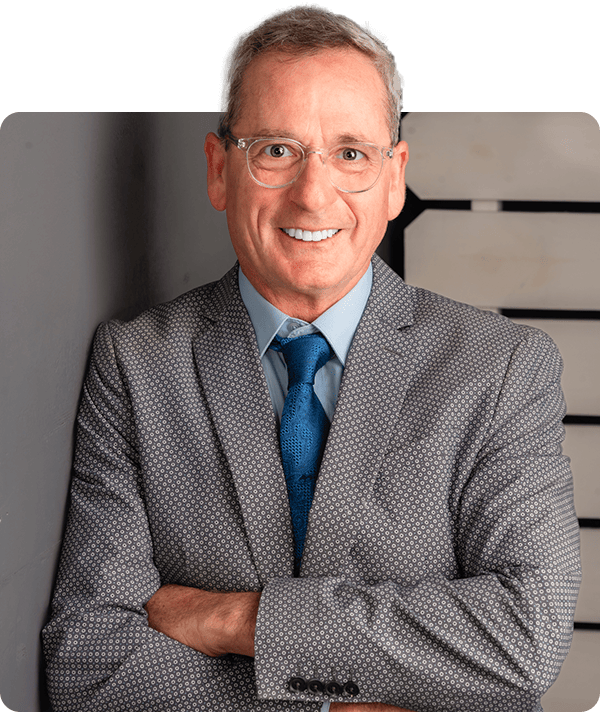
Banks Helfrich
Candidate for Florida House,
District 25
As a native Floridian, I love this state. As a resident of South Lake County, I love farming and teaching sustainability to this community. As a Candidate for State House, I love finding solutions to the issues of our time.
